nggwal height 85 1/2in (217cm) Provenance Walter Randel Gallery, New York Wayne Heathcote Oceanic Art, New York and London Masco Corporate Collection, Detroit New Jersey Private Collection Published Wardwell, Allen, Island Ancestors - Oceanic Art from the Masco Collection, University of Washington Press, Seattle, 1994, cat. 5 Exhibited Fort Worth, Texas, Island Ancestors - Oceanic Art from the Masco Collection, The Kimball Museum, 24 September - 4 December 1994 / Honolulu, Hawai'i, Honolulu Academy of Arts, 2 February - 26 March 1995 / Detroit, Michigan, The Detroit Institute of Art, 11 June - 6 August 1995 / Raleigh, North Carolina, North Carolina Museum of Art, 9 March - 5 May 1996 CIRAM Report (no. 0318-OA-19N) dating the work to pre-1810 (87.8% probability with 95.4% confidence) Wardwell comments (ibid., p. 38), "The Abelam live on the north side of the Middle Sepik River in the foothills and plains of the Prince Alexander Range. Their most important men's ceremonies involve initiations into ever higher grades of membership. In some areas, as many as eight levels could be achieved during a lifetime. Each is named after a different cosmological spirit. The ceremonies are highly theatrical and require the creation of sculptures and spirit figures as well as the painting of the sago bark panels in the interior of the spirit house. The figures were decorated with garlands and headdresses of fruits, leaves, flowers, and feathers, and then displayed to the initiates. The initiates were then subjected to ordeals by their elders such as beatings and penis incisings. The eating of large amounts of yams also accompanied the rituals. Afterwards, men from neigbouring villages came to see the carvings and paintings and to comment on their artistic quality. Elaborate costumed dances were finally performed by participants whose bodies and faces were heavily and brightly painted. The figures used in such ceremonies represent ancestor spirits called nggwal or a female witchlike creature, ku tagwa. The appearance of a penis and beard on this figure indicates the representation of an ancestor." Wear and signs of age to the wood suggest this is a particularly early example with considerable indigenous use.
nggwal height 85 1/2in (217cm) Provenance Walter Randel Gallery, New York Wayne Heathcote Oceanic Art, New York and London Masco Corporate Collection, Detroit New Jersey Private Collection Published Wardwell, Allen, Island Ancestors - Oceanic Art from the Masco Collection, University of Washington Press, Seattle, 1994, cat. 5 Exhibited Fort Worth, Texas, Island Ancestors - Oceanic Art from the Masco Collection, The Kimball Museum, 24 September - 4 December 1994 / Honolulu, Hawai'i, Honolulu Academy of Arts, 2 February - 26 March 1995 / Detroit, Michigan, The Detroit Institute of Art, 11 June - 6 August 1995 / Raleigh, North Carolina, North Carolina Museum of Art, 9 March - 5 May 1996 CIRAM Report (no. 0318-OA-19N) dating the work to pre-1810 (87.8% probability with 95.4% confidence) Wardwell comments (ibid., p. 38), "The Abelam live on the north side of the Middle Sepik River in the foothills and plains of the Prince Alexander Range. Their most important men's ceremonies involve initiations into ever higher grades of membership. In some areas, as many as eight levels could be achieved during a lifetime. Each is named after a different cosmological spirit. The ceremonies are highly theatrical and require the creation of sculptures and spirit figures as well as the painting of the sago bark panels in the interior of the spirit house. The figures were decorated with garlands and headdresses of fruits, leaves, flowers, and feathers, and then displayed to the initiates. The initiates were then subjected to ordeals by their elders such as beatings and penis incisings. The eating of large amounts of yams also accompanied the rituals. Afterwards, men from neigbouring villages came to see the carvings and paintings and to comment on their artistic quality. Elaborate costumed dances were finally performed by participants whose bodies and faces were heavily and brightly painted. The figures used in such ceremonies represent ancestor spirits called nggwal or a female witchlike creature, ku tagwa. The appearance of a penis and beard on this figure indicates the representation of an ancestor." Wear and signs of age to the wood suggest this is a particularly early example with considerable indigenous use.
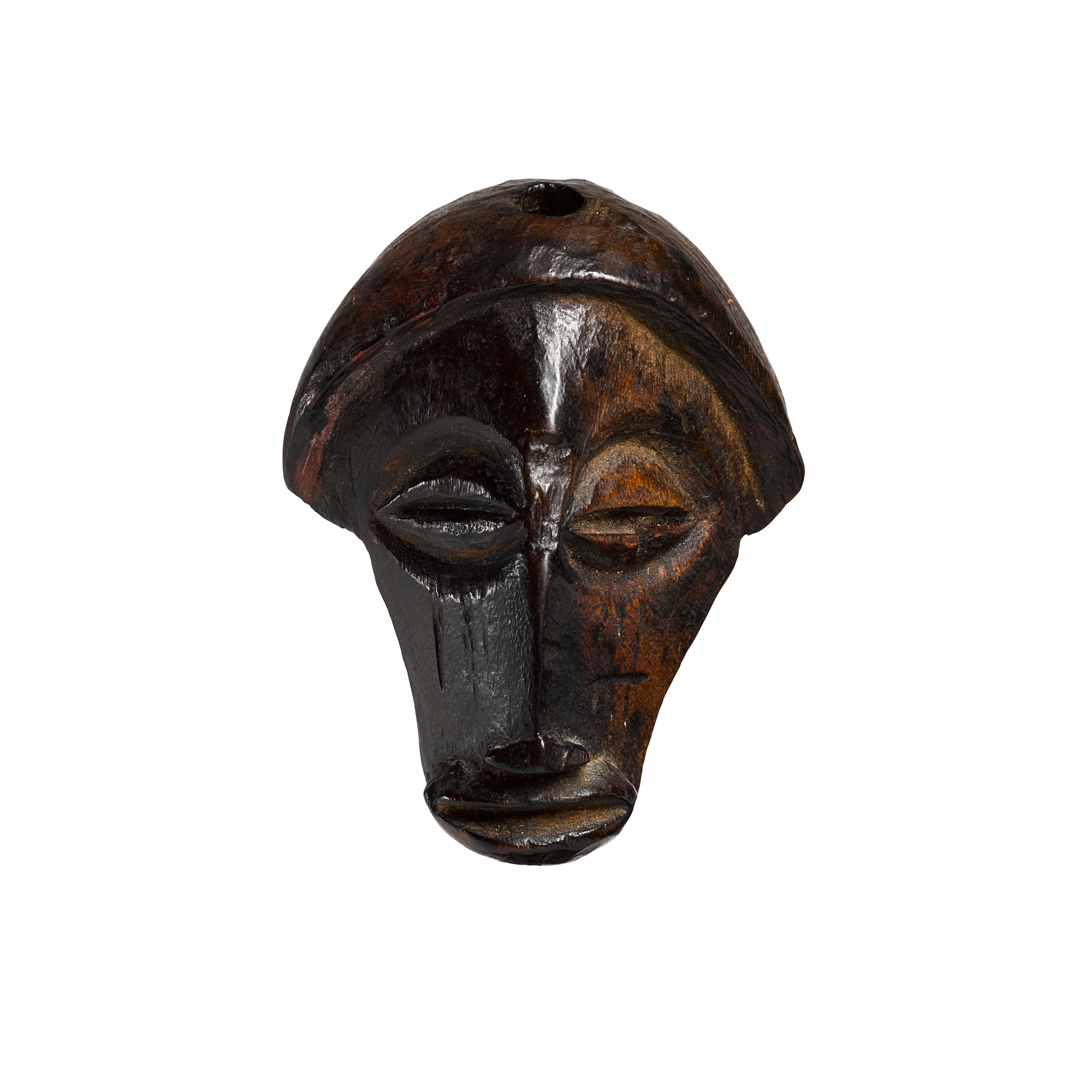

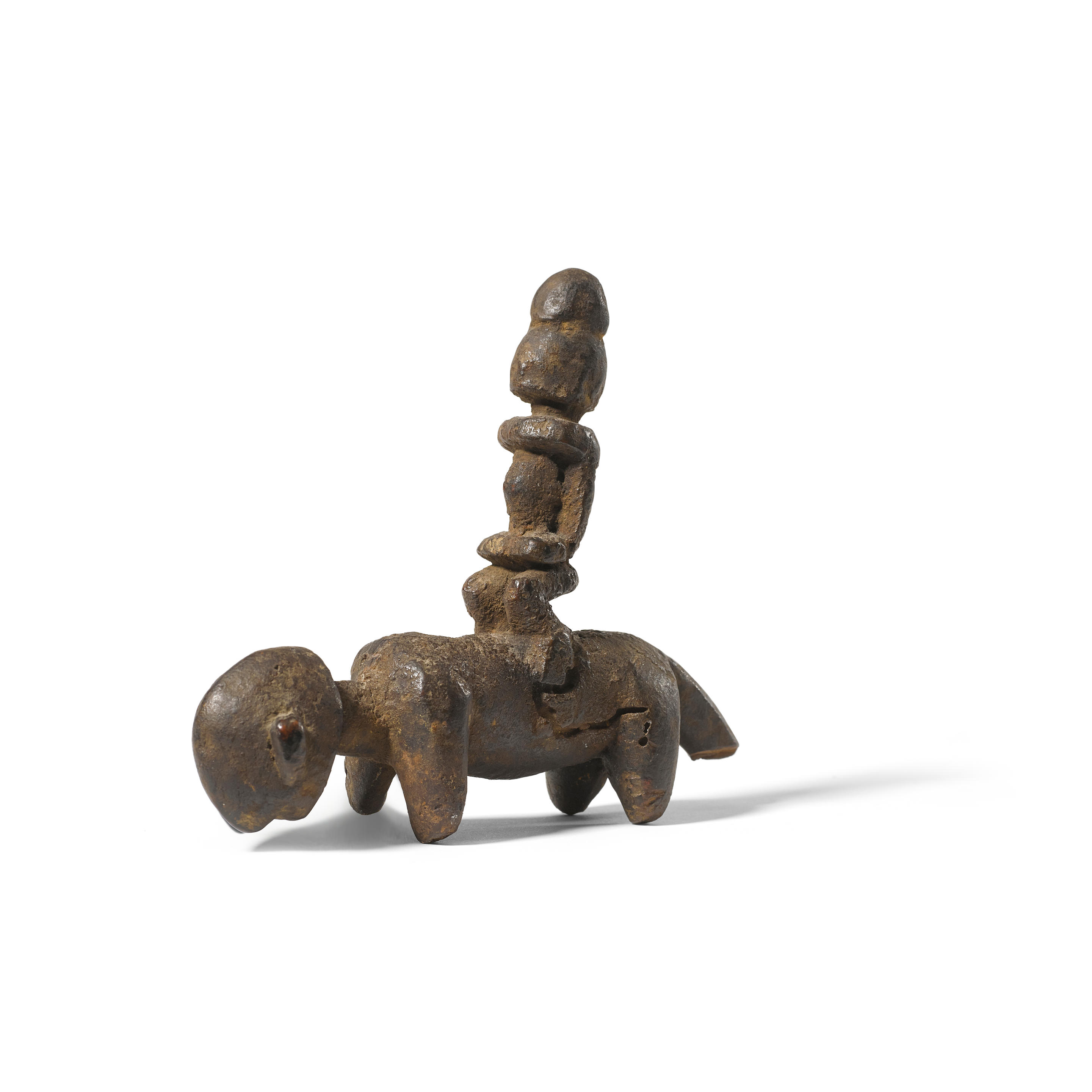
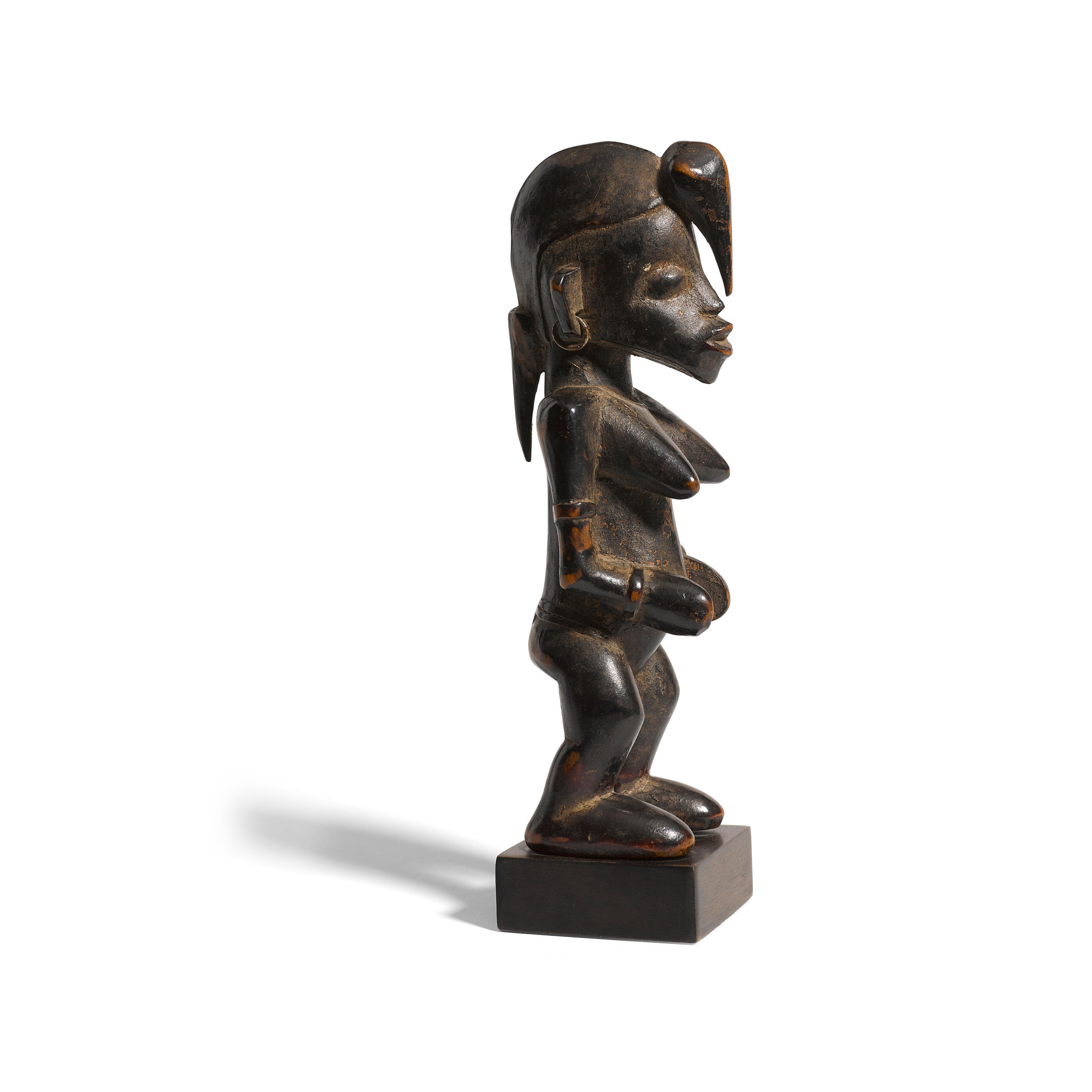
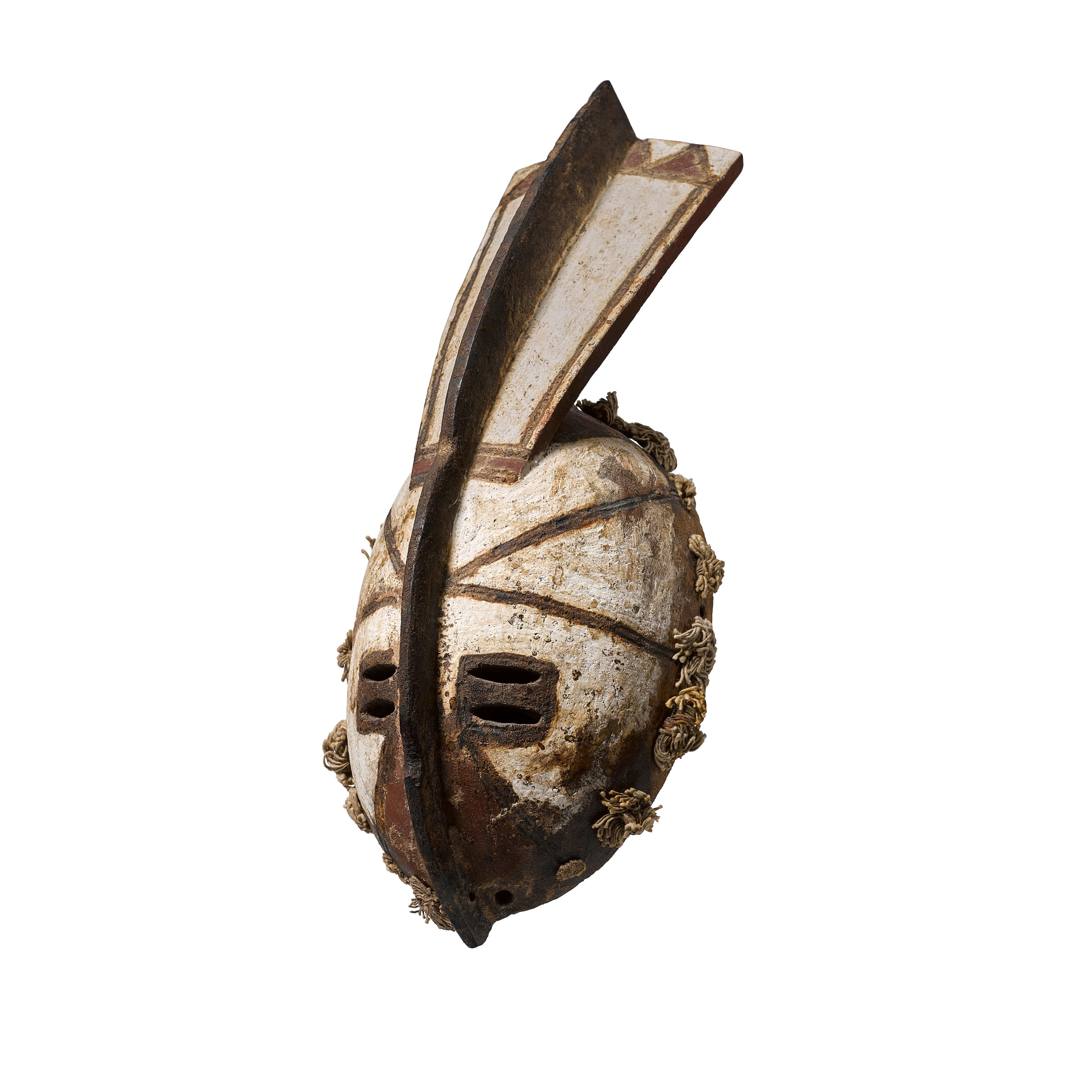
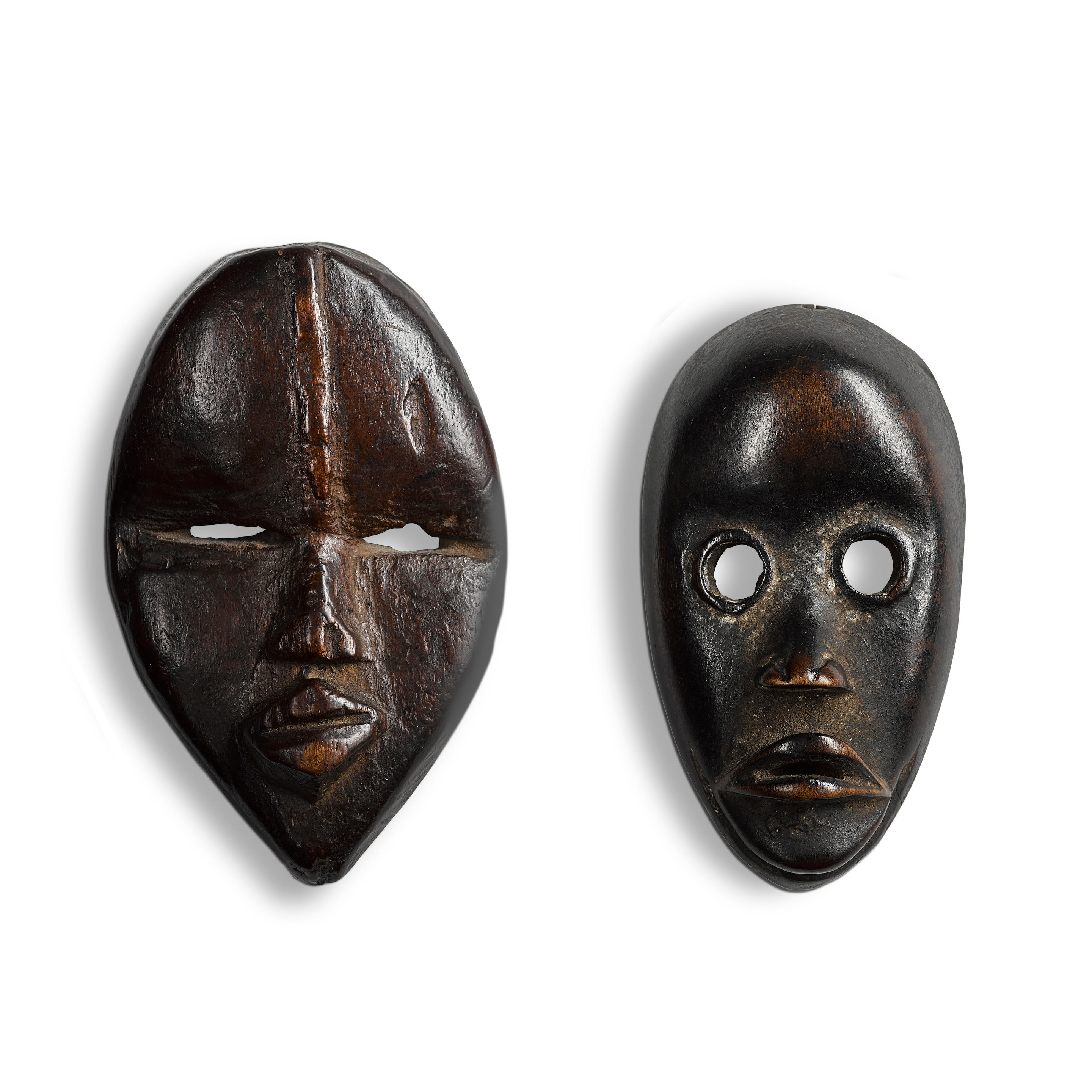
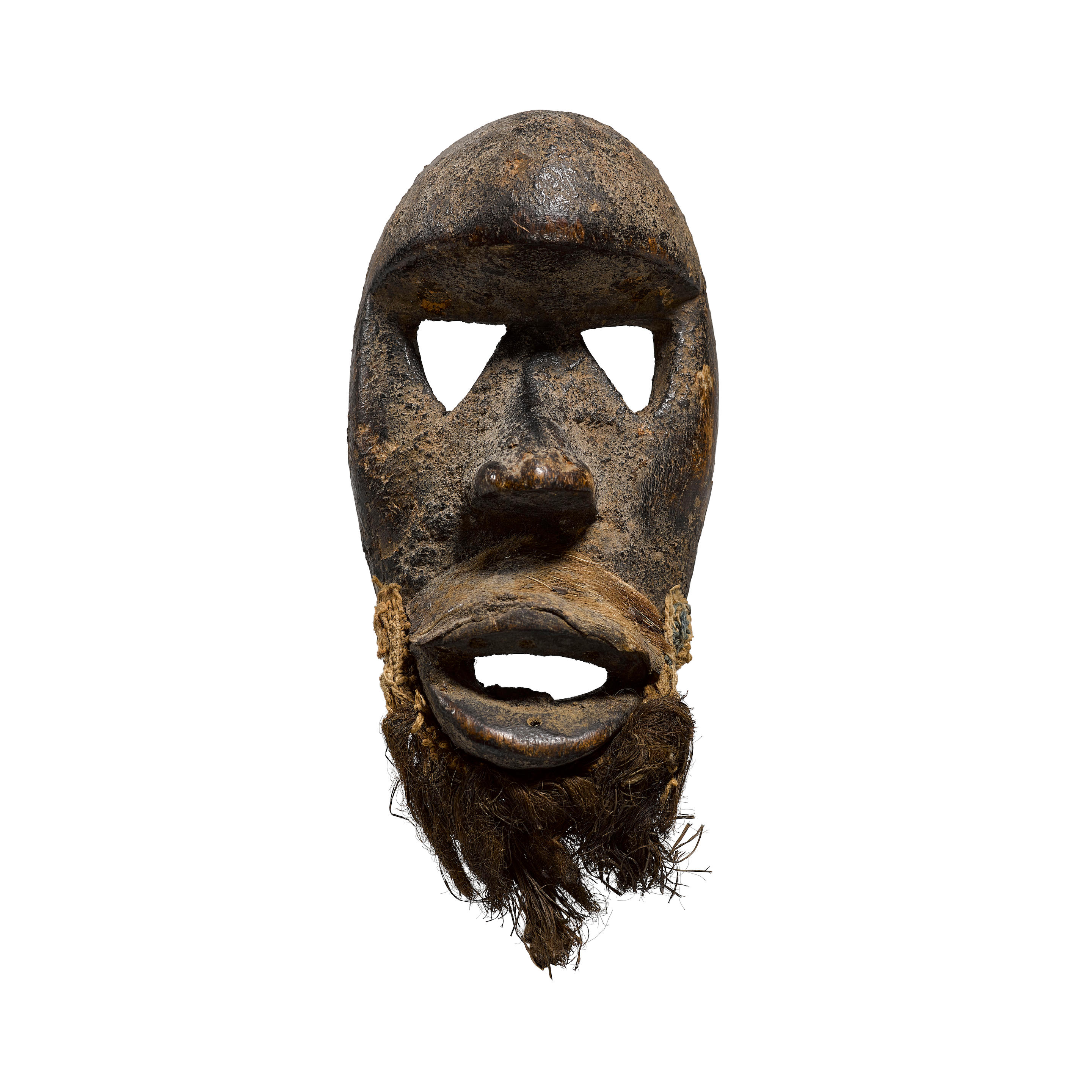
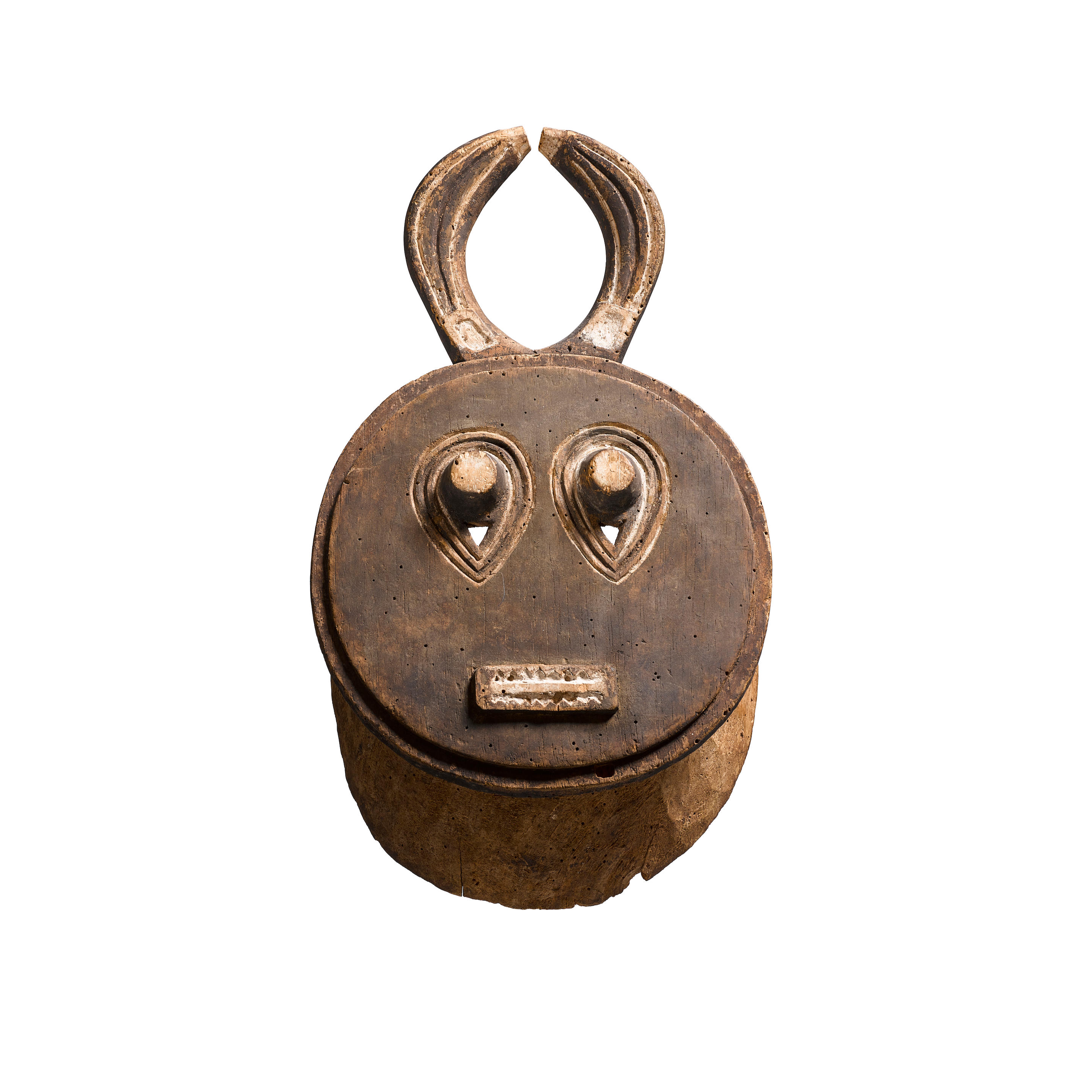
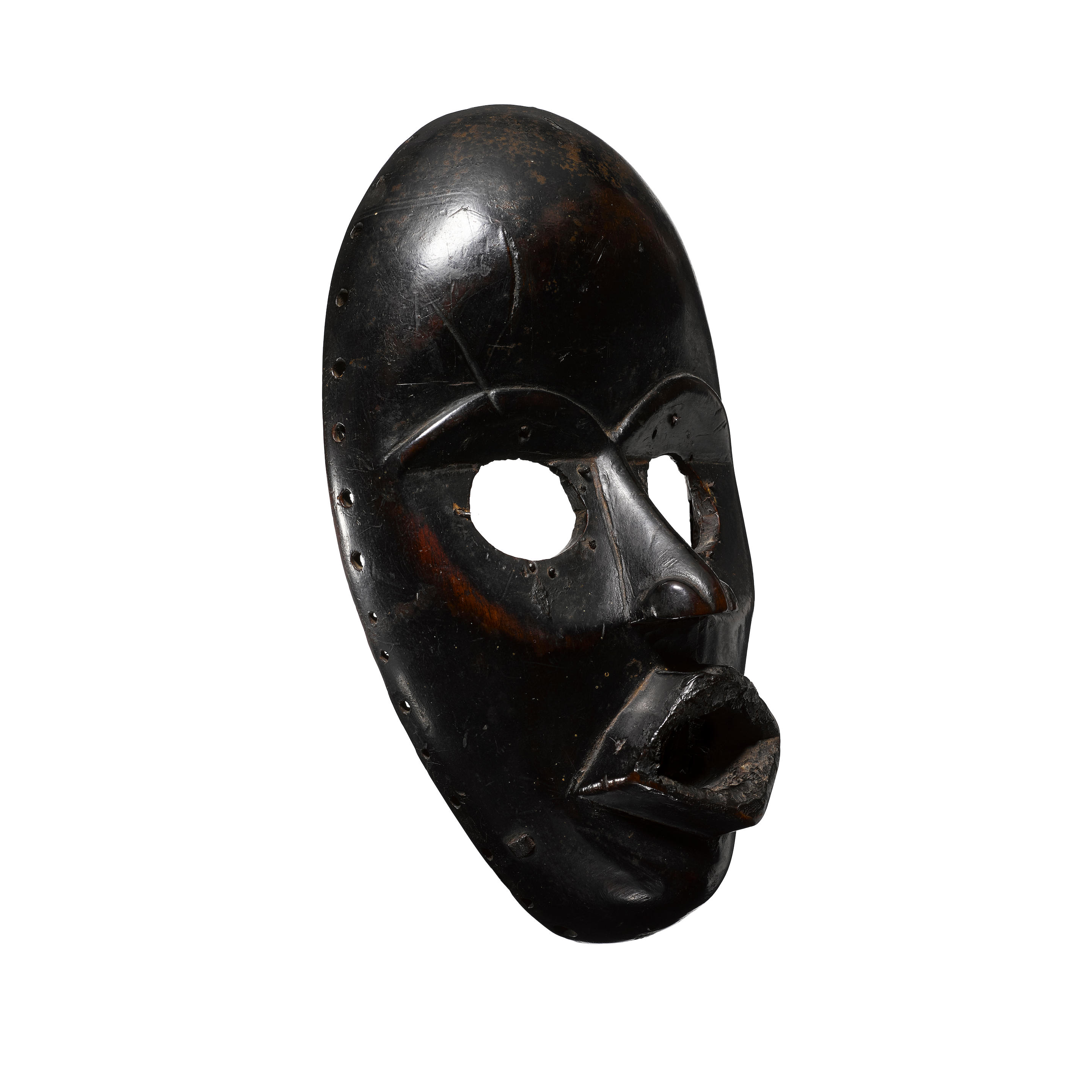
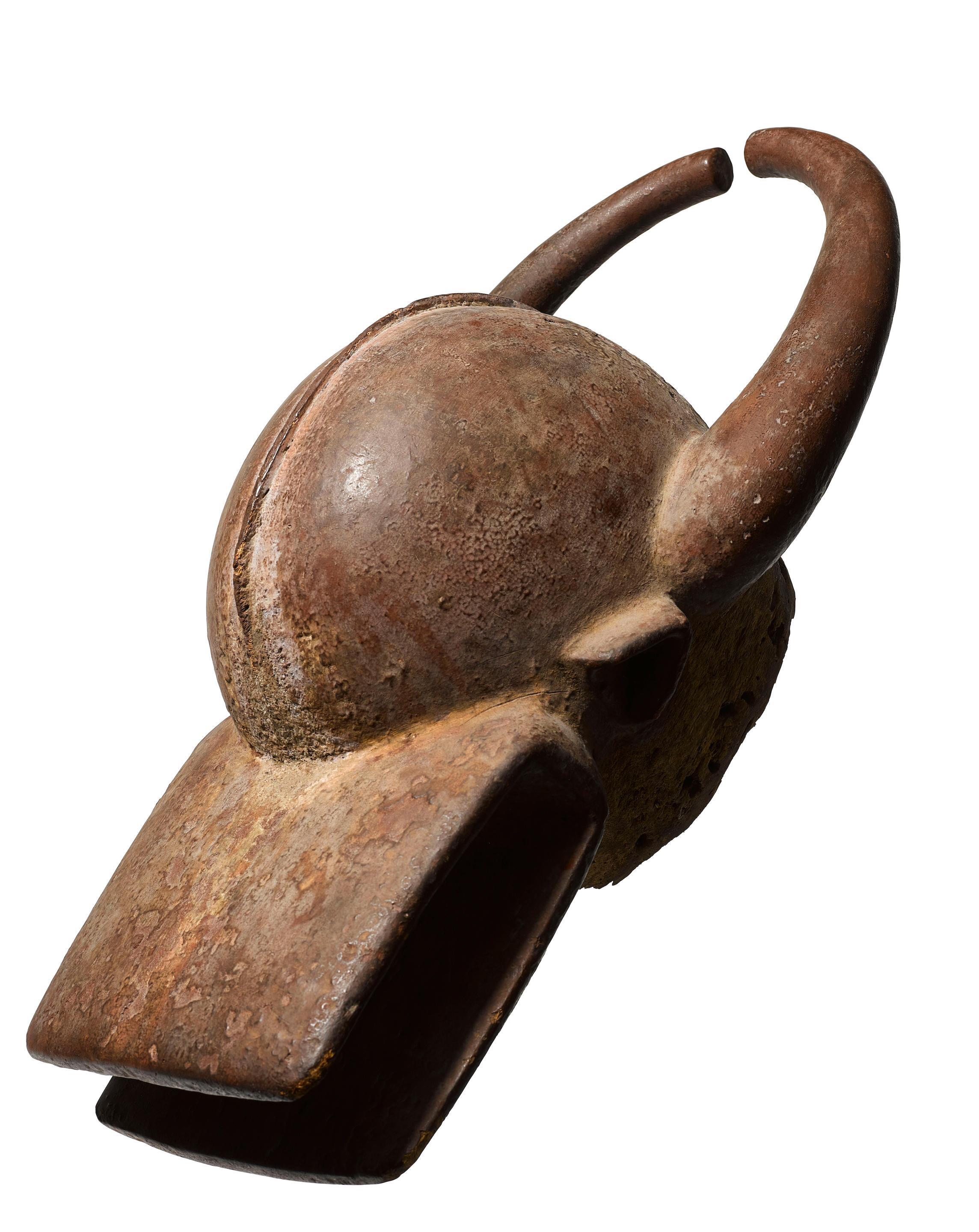
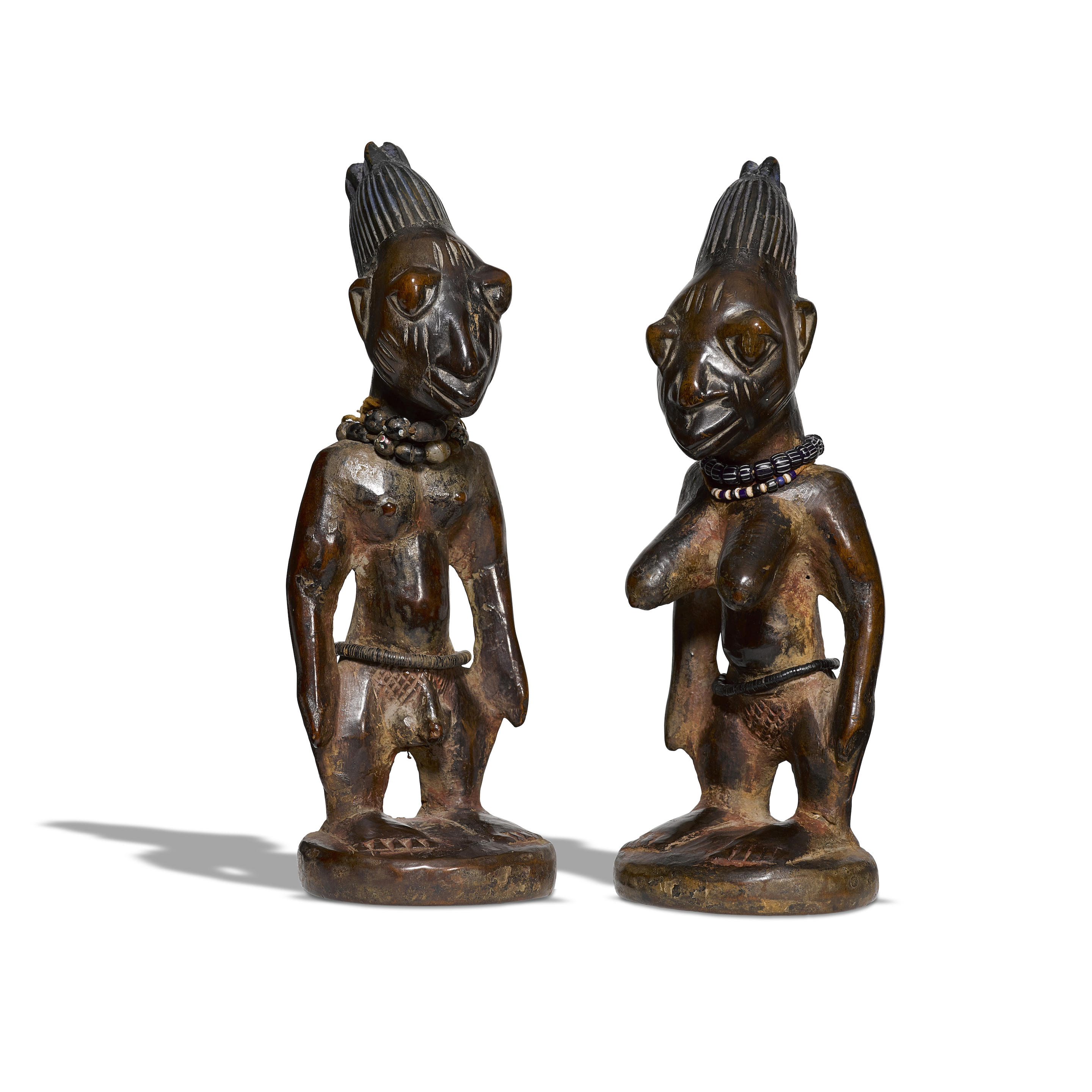



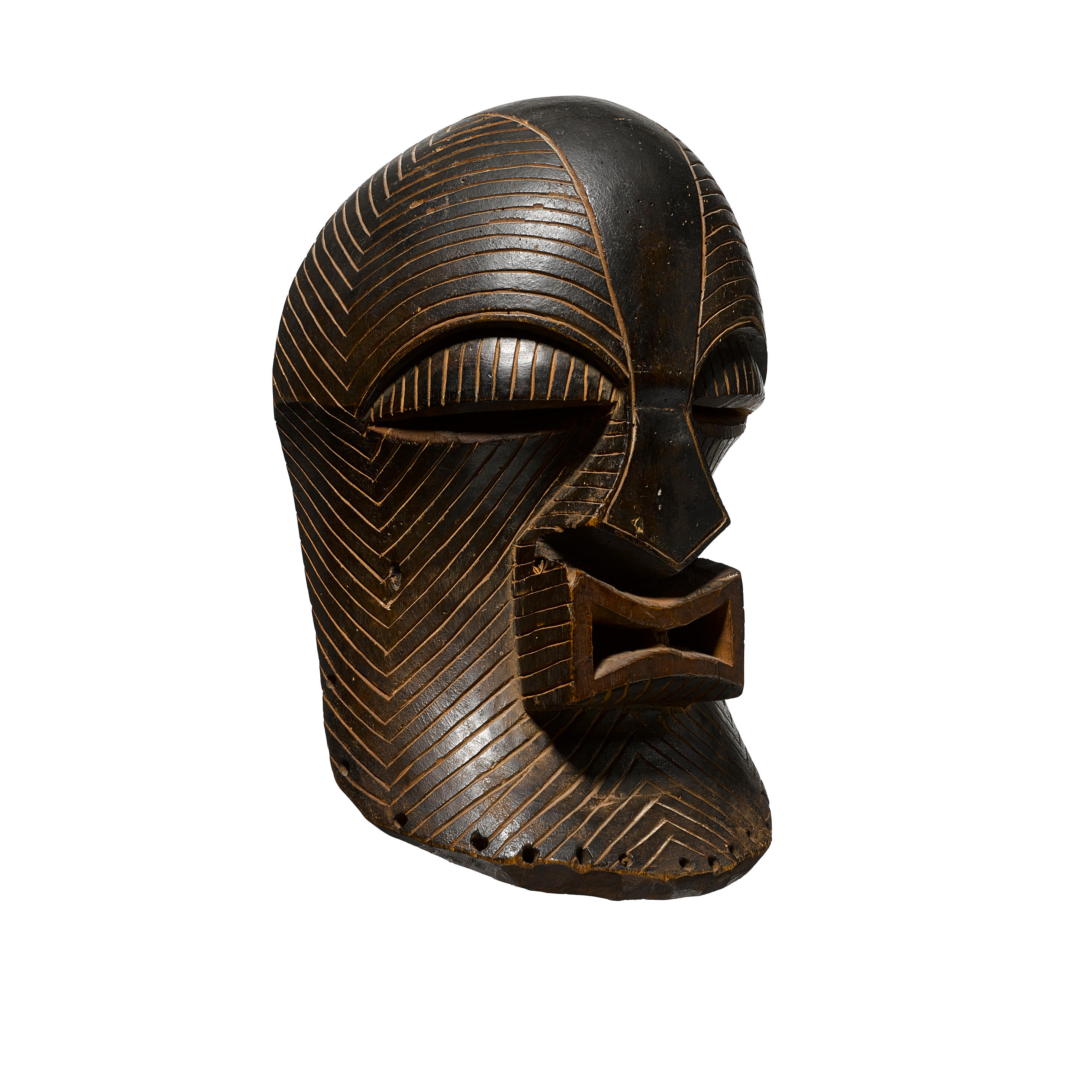
Try LotSearch and its premium features for 7 days - without any costs!
Be notified automatically about new items in upcoming auctions.
Create an alert